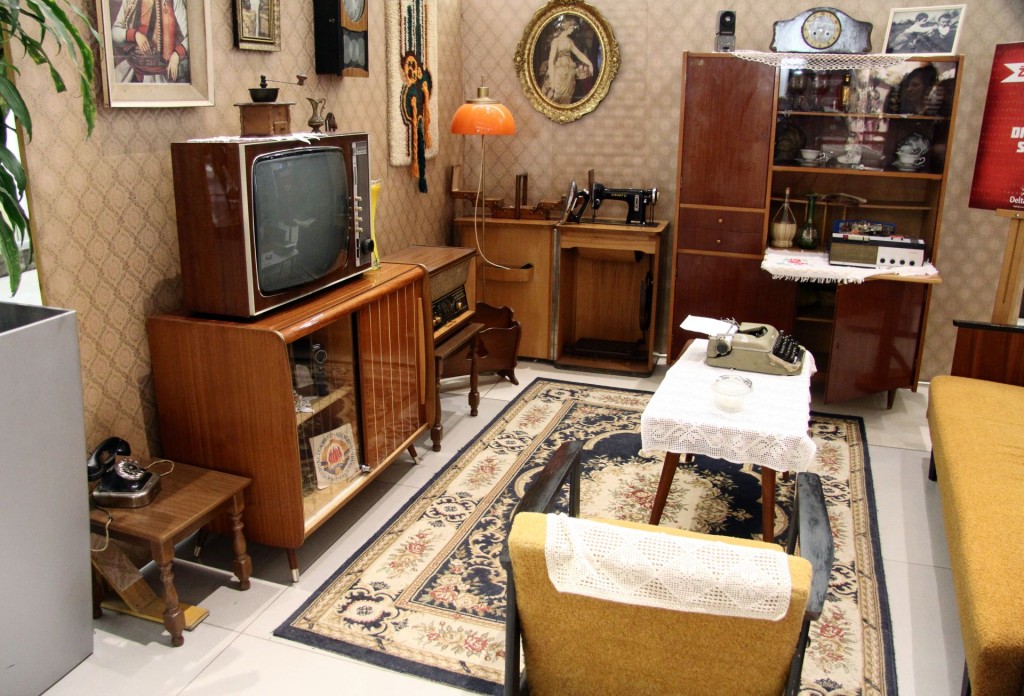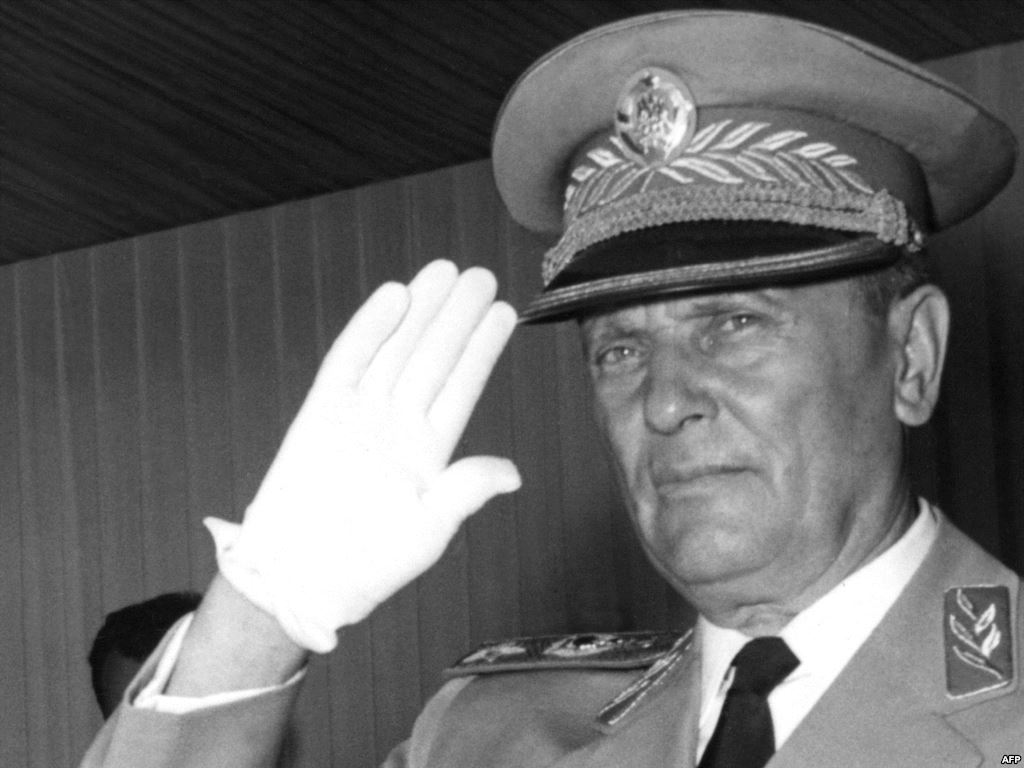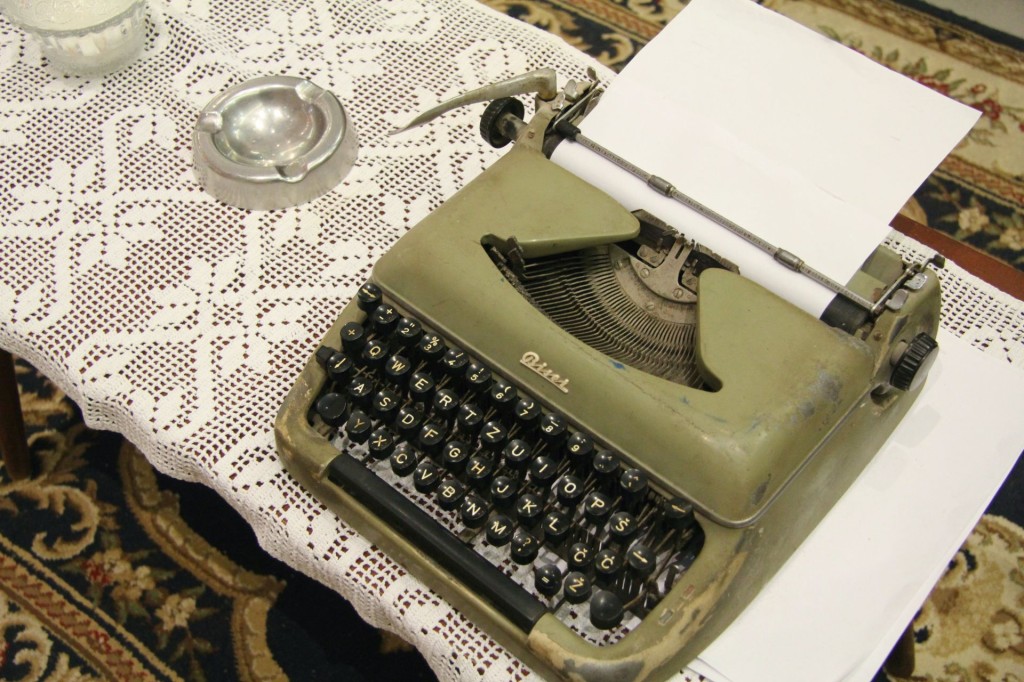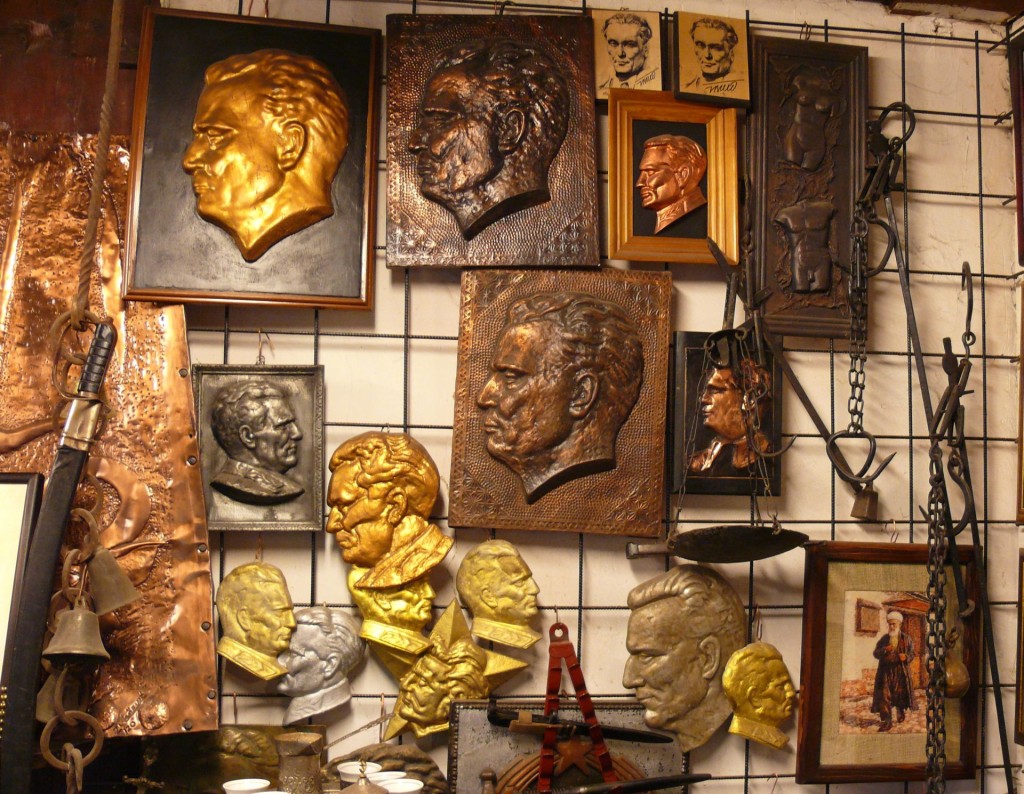 Starting from February 1st, a very interesting exhibition with the title “Long Live Life” (“Živio život”) has been organized in the shopping mall of Delta City, which shows how life looked like in Yugoslavia in the period between 1950 and 1990, through every-day life of ordinary people. Last year this exhibition could be seen in Belgrade, where it has provoked contradictory reactions and interest of visitors from all ex-Yugoslavia. The exhibition in Podgorica will close on March 1st.
Starting from February 1st, a very interesting exhibition with the title “Long Live Life” (“Živio život”) has been organized in the shopping mall of Delta City, which shows how life looked like in Yugoslavia in the period between 1950 and 1990, through every-day life of ordinary people. Last year this exhibition could be seen in Belgrade, where it has provoked contradictory reactions and interest of visitors from all ex-Yugoslavia. The exhibition in Podgorica will close on March 1st.
I moved to Tito’s Yugoslavia around 45 years ago. Personally, I have good memories of my life in ex-Yugoslavia. My children were born in a self-managed society. As I was employed (what was, at that time, certainly unusual for married women with children in the Netherlands, my home country), after my pregnancy leave – that lasted between six months and one year – they went to kindergarten and later to school. Everything was well-organized, medical care and education were free, and we earned enough for a decent living. Moreover, people felt safe, as it was almost impossible to lose your job in a “socially-owned” enterprise. After a while, most employees got an apartment made available by the employer, with a size that depended on the number of household members. Such a standard of living was completed by a modest car: a “Fića”, Yugo or Lada. But also social relations were different: contacts with family, friends and neighbors were extremely important and solidarity was a rule, not an exception.
 Although I came from a West-European country, I was very satisfied with the school education of my children. The language was called Serbo-Croatian and nobody protested against this name! The children did not only gain solid knowledge at school, but they also learned how to become decent and diligent people, showing respect to their parents and loyalty to their friends and their home country. I was proud of them when they became Tito’s pioneers on the “Day of the Republic”, in the autumn of their first school year. Wearing a red scarf and a navy blue hat with a red star on the front, they pronounced the text of the Pioneer pledge, which reads in English:
Although I came from a West-European country, I was very satisfied with the school education of my children. The language was called Serbo-Croatian and nobody protested against this name! The children did not only gain solid knowledge at school, but they also learned how to become decent and diligent people, showing respect to their parents and loyalty to their friends and their home country. I was proud of them when they became Tito’s pioneers on the “Day of the Republic”, in the autumn of their first school year. Wearing a red scarf and a navy blue hat with a red star on the front, they pronounced the text of the Pioneer pledge, which reads in English:
Today, as I become a Pioneer, I give my Pioneer’s word of honor that I shall study and work diligently,
Respect my parents and my seniors, and be a loyal and honest comrade/friend;
That I shall love our homeland, the self-managed Socialist Federative Republic of Yugoslavia;
That I shall spread brotherhood and unity and the principles for which Comrade Tito fought;
And that I shall value all peoples of the world who respect freedom and peace!
 Brotherhood and unity, freedom and peace … aren’t those words beautiful? Maybe such principles are the reason that Yugo-nostalgia is making a comeback and that it seems to become a trend in all former Yugoslav republics. On the walls of residential buildings in Belgrade you can see slogans like: “Tito come back, all is forgiven”. In Sarajevo I saw a shop with dozens of pictures and objects with Tito’s portrait. Two years ago I attended a concert of the “Kings of Strings” in the Podgorica gymnasium. When the Macedonian guitar player Vlatko Stefanovski – one of the three “Kings” – played old Macedonian songs, the public got ecstatic and I saw tears in the eyes of many people.
Brotherhood and unity, freedom and peace … aren’t those words beautiful? Maybe such principles are the reason that Yugo-nostalgia is making a comeback and that it seems to become a trend in all former Yugoslav republics. On the walls of residential buildings in Belgrade you can see slogans like: “Tito come back, all is forgiven”. In Sarajevo I saw a shop with dozens of pictures and objects with Tito’s portrait. Two years ago I attended a concert of the “Kings of Strings” in the Podgorica gymnasium. When the Macedonian guitar player Vlatko Stefanovski – one of the three “Kings” – played old Macedonian songs, the public got ecstatic and I saw tears in the eyes of many people.
A lot of people now think of Tito’s rule as a golden era compared to the war years before he came to power and the decades after his death. However, young people often believe that they are now paying the price because of that carefree period. And they are probably right…
Altogether, it was a nice experience to see this exhibition and to see the living room, clothes, typewriter, newspapers and all those other objects that reminded us of those peaceful times. I hope that the exhibition will also move to other republics of ex-Yugoslavia, it is worth a visit!


Divno si to napisala.
Gizela